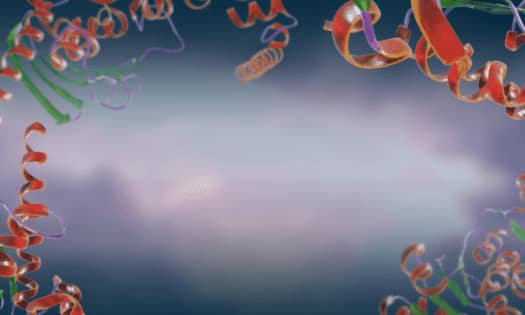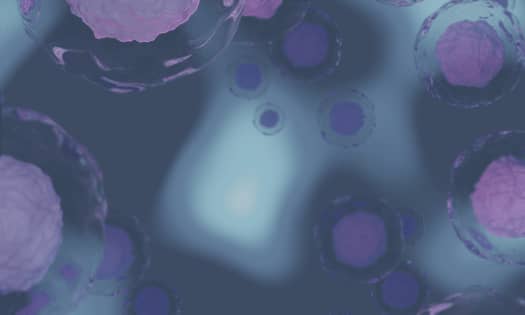GMP 级小分子用作辅助试剂
干细胞在再生医学疗法中具有很大的潜力。它们可用于生成细胞,以替代多种疾病(包括创伤、糖尿病和帕金森病)中缺失或不健康的细胞。干细胞治疗中用作辅助试剂的小分子需要安全、可靠、一致、有质量保证,以确保干细胞治疗的安全性。我们的 GMP 级小分子根据现行 cGMP 指南生产,能够提供上述保证。
其他 GMP 级产品和服务

GMP Capabilities
GMP Capabilities
Learn about the quality standards and certifications for each of our GMP facilities as well as our quality control testing capabilities. We serve clients from around the world, and we guarantee the confidentiality of every contract.
GMP 级小分子资源
GMP 级小分子简介
无血清和无动物源细胞培养
在进行再生医学和细胞治疗项目的转化研究时,提高细胞培养的一致性。采用这些培养基将
- 减少培养基成分差异
- 简化合规监管
- 简化原材料变更的比较测试
新品!ExCellerate™ GMP iPSC 扩增培养基
从我们等效的 RUO iPSC 扩增培养基无缝过渡。这两种培养基均支持多能干细胞培养的稳健扩增和维持,以增强一致性和重现性。
- 完全无动物成分
- 一体化的配方
- 在长期培养中维持细胞完整性
Background Information
在用于转化研究和临床应用的干细胞治疗产品的生产过程中,GMP 级小分子,作为辅助试剂,发挥着重要作用。辅助试剂用于干细胞的生长和处理过程,尽管不会出现在最终的细胞治疗产品中,但它们可能会影响成品的安全性,因此建议使用 GMP 级辅助试剂。
为了降低对患者安全的风险,任何疗法开发的临床阶段均受到严格监管,这包括使用 GMP 级辅助试剂(原材料)开发干细胞治疗。我们的 GMP 级小分子按照 ICH Q7 指南(Good Manufacturing Practice Guide for Active Pharmaceutical Ingredients)的相关章节生产,确保批间一致性、从起始物料到最终产品的可追溯性以及无动物生产。
查看我们的细胞和基因治疗资源
RUO 和 GMP 级小分子之间的区别是什么?
我们根据 ICH Q7 指南的相关章节生产 GMP(现行药品生产质量管理规范)级小分子。它们可归类为 USP <1043> 风险等级 2 分类(低风险、表征明确的材料,可用作辅助试剂,按照 GMP 生产)。我们的 RUO(仅限研究使用)产品,与其他供应商的产品一样,被归类为 USP <1043> 风险等级 3 分类(中等风险材料,不可用作辅助试剂)。
每个存储瓶均精确称重。我们还对我们的 GMP 级小分子进行微生物检测,尤其是内毒素和生物负载检测。
探索我们的检验报告书查找工具。
GMP 级小分子是否不含动物成分?
是的。我们确保我们的 GMP 级小分子是无动物成分的。
GMP 级小分子能否用作治疗?
不能。我们的 GMP 化合物仅用作辅助试剂,用于进一步生产干细胞治疗等先进的治疗型医药产品 (ATMP)。
观看我们关于分析 ATMP 的挑战的网络研讨会。
为什么 Bio-Techne 开发了 GMP 级产品系列?
随着干细胞治疗进入临床,需要使用 GMP 级化合物作为辅助试剂,以确保干细胞治疗产品的安全性和适用性。通过推出 GMP 级产品系列,Bio-Techne 也履行了自己的承诺:即向生命科学界提供最新和最相关的试剂,助力于新的科学发现。











